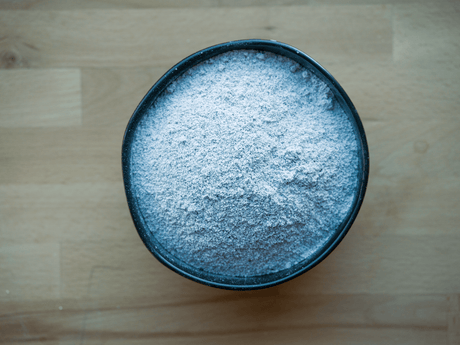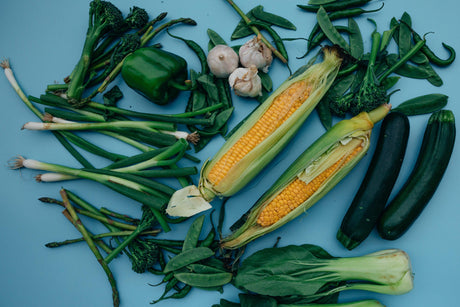
Blue Corn Mush Recipe
This easy-to-make dish is made by boiling blue corn meal, juniper ash, and spices to make a nutrient dense breakfast, snack, or as a complement to any meal.
Read more
This easy-to-make dish is made by boiling blue corn meal, juniper ash, and spices to make a nutrient dense breakfast, snack, or as a complement to any meal.
Read more
Next time you are craving a salad that is both delicious and nutritious, try this recipe. The sheer versatility of ingredients makes this salad the perfect choice, regardless of the...
Read more